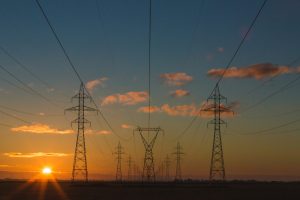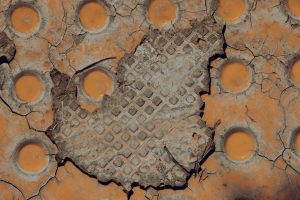Nuclear Microreactors: Pocket-Sized Power for Remote Sites
In today’s world, access to reliable and sustainable energy is crucial for development, growth and progress. However, there are many remote sites around the world that are in desperate need of power but are unable to obtain it through traditional means. This is where nuclear microreactors come into play – compact, self-contained nuclear reactors that can generate electricity in remote and isolated areas. In this article, we will explore the advancements of nuclear microreactors and how they can provide pocket-sized power for remote sites.
The Need for Pocket-Sized Power
Remote sites such as mines, rural communities, and military bases often face the challenge of being off the grid and lacking access to a stable and sustainable power source. Traditional methods of generating electricity, such as diesel generators, are expensive, require constant maintenance and can have negative environmental impacts. This is where nuclear microreactors stand out – providing a cleaner and more efficient alternative to traditional power sources in remote areas.
Introducing Nuclear Microreactors
Nuclear microreactors, also known as small modular reactors (SMRs), are small-scale nuclear reactors that have a power output of less than 300 megawatts. Unlike traditional nuclear power plants, which are large and complex, microreactors are compact and self-contained, making them easier to transport and install in remote locations. These reactors use nuclear fission to produce heat, which is then converted into electricity through a steam turbine, just like traditional nuclear plants.
Benefits of Nuclear Microreactors
One of the main advantages of nuclear microreactors is their compact size. They can be easily transported via truck, train or ship, making them suitable for remote sites with limited accessibility. This also means that they can be quickly deployed in case of emergencies, such as natural disasters, where power is crucial for relief efforts.
Another benefit of microreactors is their minimal environmental impact. They produce very low greenhouse gas emissions and do not rely on fossil fuels, making them a cleaner option for power generation. In addition, microreactors have a much smaller footprint compared to traditional power plants, making them suitable for areas with limited space.
Furthermore, nuclear microreactors have a longer lifespan and require less maintenance than traditional power plants. This results in lower operating costs and allows for longer periods of uninterrupted power generation, making them a more cost-effective option in the long run.
Addressing Safety Concerns
As with any nuclear technology, safety is a top concern. However, nuclear microreactors are designed with safety as a top priority. They are built with advanced passive safety features, making them less prone to accidents and ensuring that they can be quickly shut down in case of emergency.
In addition, nuclear microreactors are designed to use low-enriched uranium, which greatly reduces the risk of nuclear proliferation. This also makes them easier and safer to handle and transport, as opposed to traditional nuclear plants that use highly enriched uranium.
The Future of Nuclear Microreactors
The potential of nuclear microreactors for providing power to remote sites is immense. With their compact size, minimal environmental impact, and increased safety measures, they have the potential to revolutionize the way we generate electricity in remote areas. Many countries have already started investing in this technology, and it is predicted that by 2035, the global market for microreactors could be worth up to $1.4 billion.
In conclusion, nuclear microreactors are emerging as a promising solution for providing clean, reliable and sustainable power in remote areas. With continued development and advancements, these pocket-sized power sources have the potential to bridge the gap in electricity access and contribute to the development and progress of remote sites around the world.











